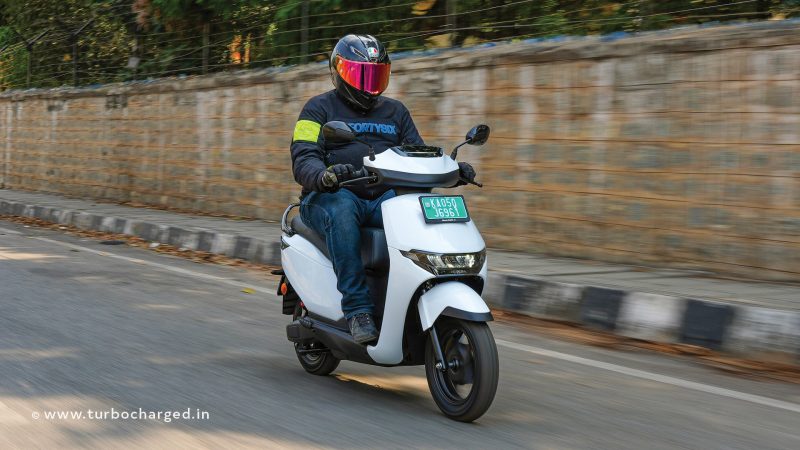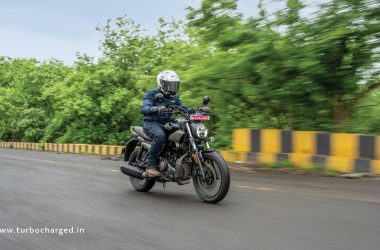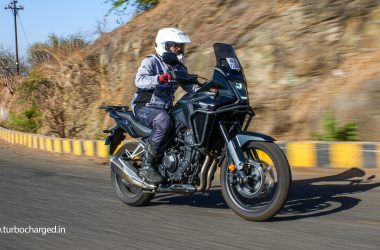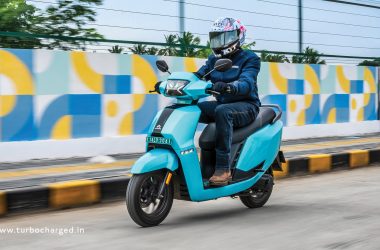The Honda Activa is a household name, a scooter you’ll spot almost anywhere in India. From families to college-goers to rental fleets, its dominance is undeniable. Since its launch at the turn of the century, over 3.5 crore units have been sold, making it the nation’s most popular scooter. But as the electric revolution sweeps in, Honda has been noticeably absent—until now. The Japanese giant has finally entered the e-scooter space with two models. You’ve already read about the Activa e: on Turbocharged (if not, check it out here!), and now it’s time for the QC1, Honda’s more affordable electric scooter designed for a broader audience.
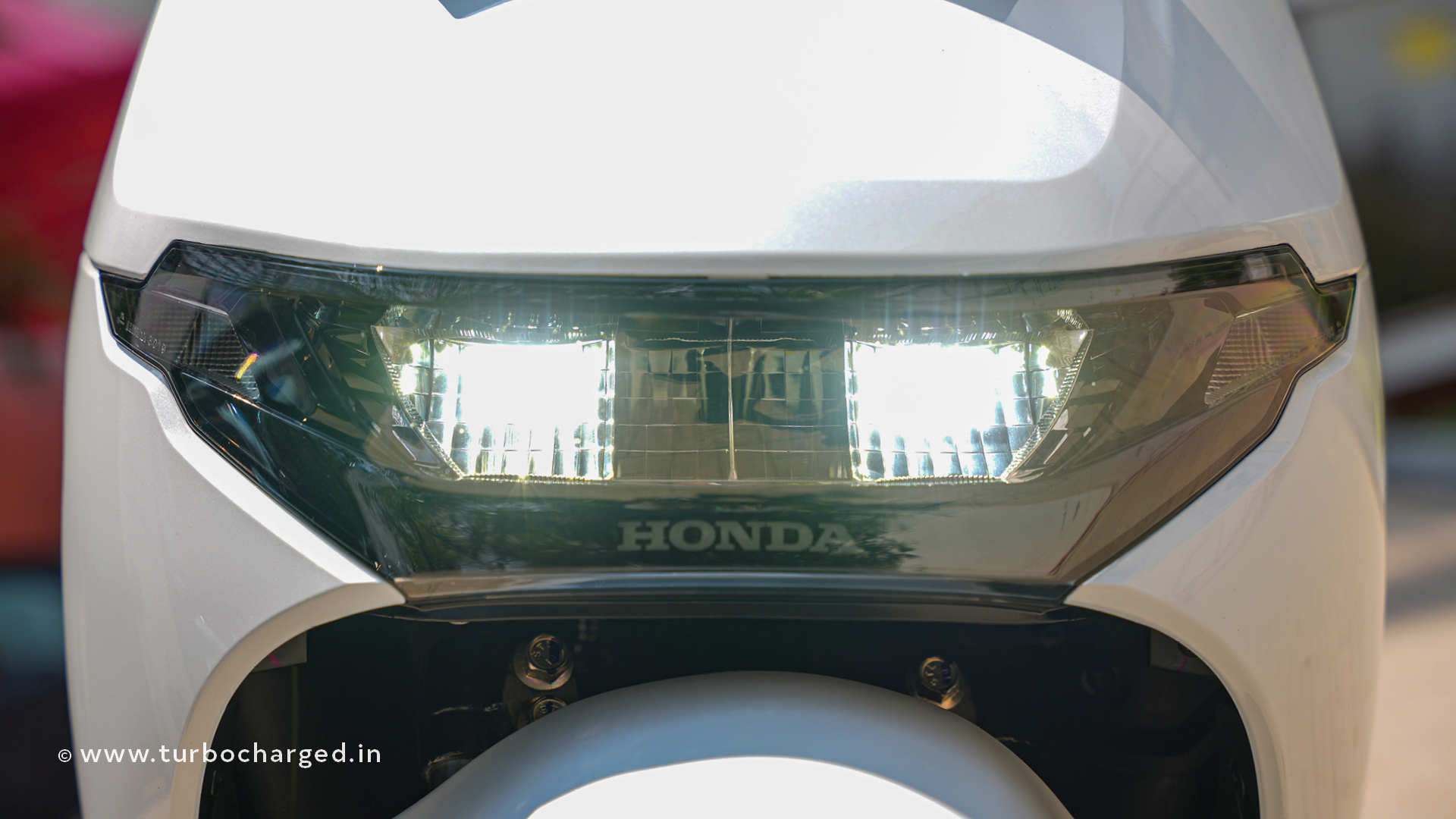
At first glance, the QC1 shares its front end with the premium Activa e:, featuring the same all-LED headlamp, front fender, and upper fairing—minus the DRL. For budget-conscious buyers, this means they get a similar aesthetic as the Activa e: for less money. The differences become clear along the sides, where the QC1 sports a slimmer fairing, exposed rear footrests, and a basic twin rear suspension. Move to the back, and the simpler tail section features a small LED tail lamp and motorcycle-style tuen indicators on stalks, a clear contrast to the more premium look of the Activa e:. Overall plastic quality, especially around the dash, could have been improved.
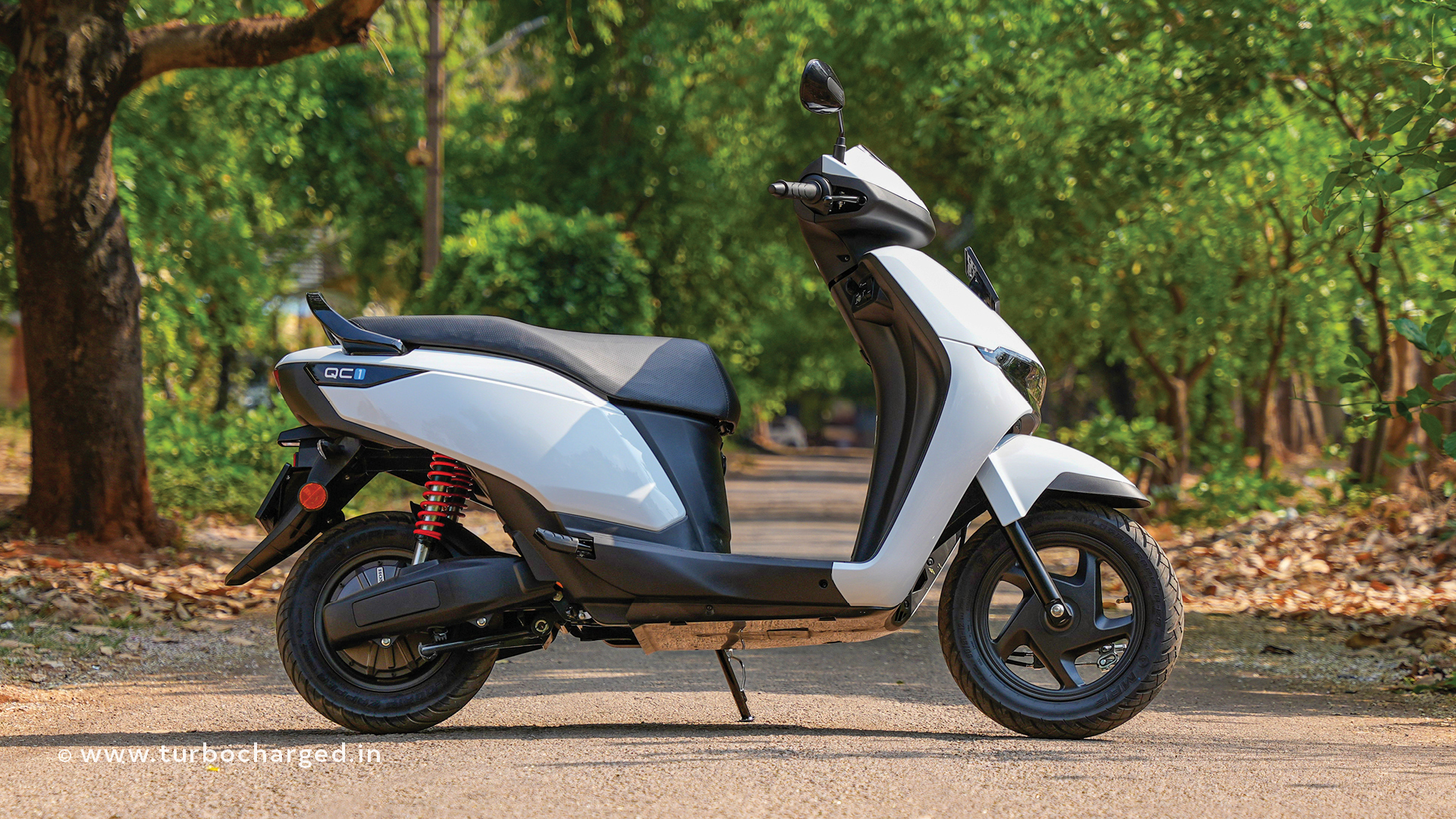
The QC1 is powered by a 1.8kW hub-mounted BLDC motor, making it a silent and fuss-free city commuter. The power delivery is linear, and the scooter offers two riding modes. The Standard Mode delivers gradual acceleration and maxes out at 50kmph—ideal for city riding.
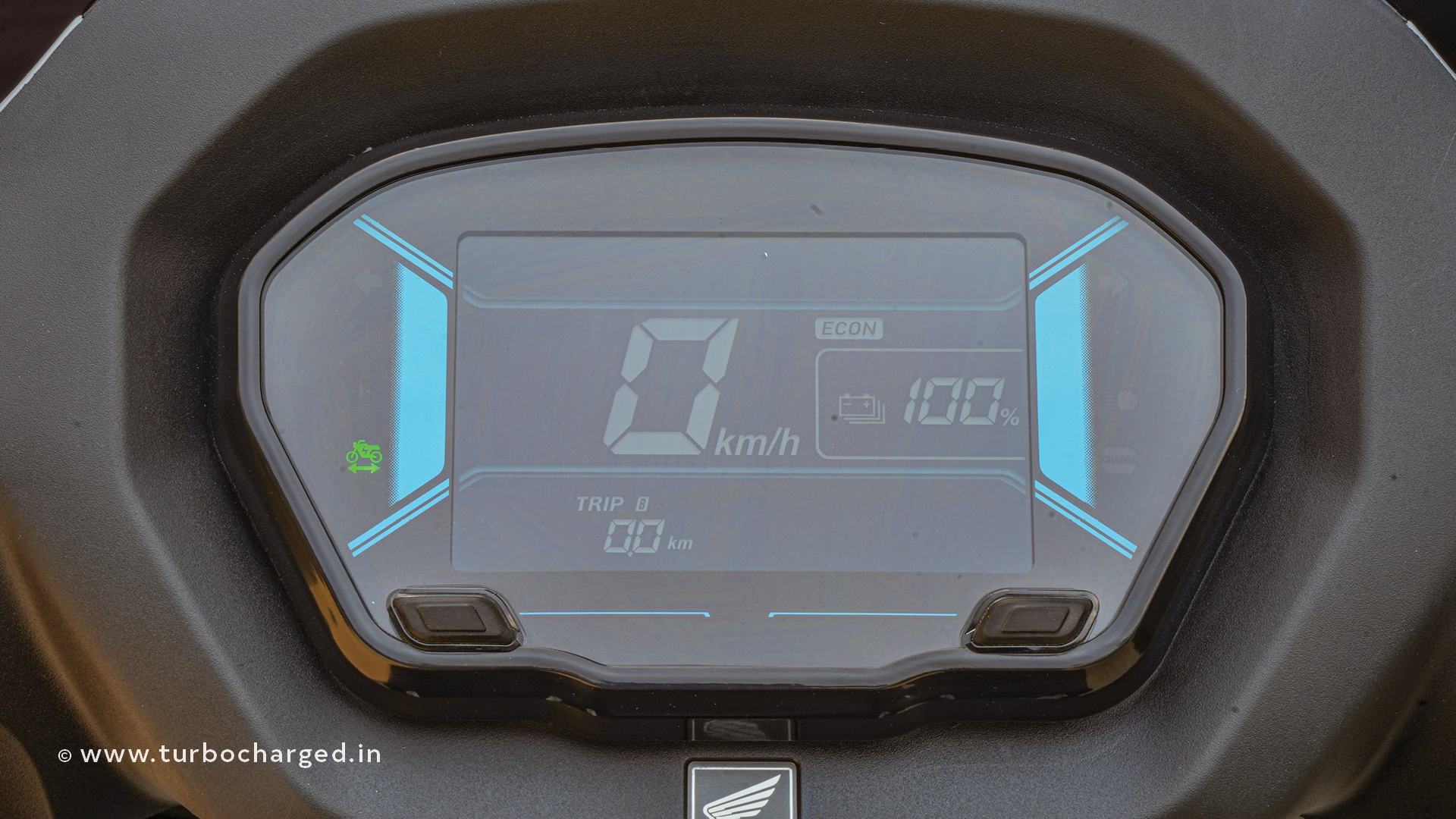
While the Econ Mode limits speed to 30kmph to maximize range, but the acceleration feels sluggish for fast-moving urban environments. Getting to 40kmph takes 9.4 seconds, making it one of the slower EVs in the segment. While not built for spirited riding, it’s perfectly suited for short city commutes.
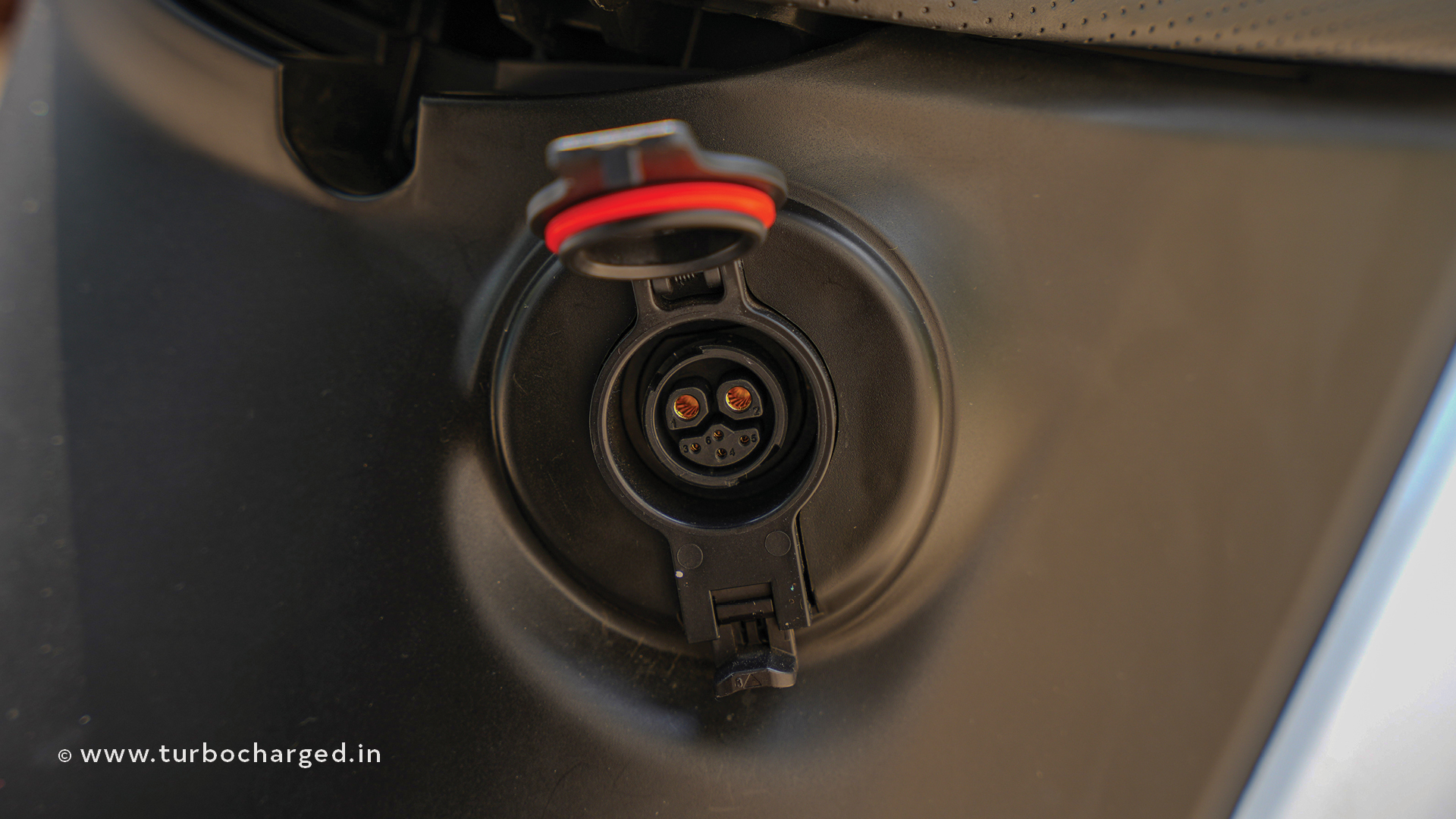
The QC1, unlike the Activa e:, gets a fixed battery; the 1.5kWh lithium-ion battery is IP67 rated and doesn’t add to the overall weight of the vehicle too. The claimed range from this battery is 80km of riding. On our ride, we ended up riding 25km and had 50 percent battery left. The vehicle comes with an off-board 330W charger that can charge the battery to 80 percent in 4.5 hrs and charge it fully in 6.5 hrs.

Riding the QC1 through city streets is effortless. The telescopic front fork and 12-inch front wheel providing stability, but the hub motor, plus a smaller 10-inch rear wheel setup, make the ride bumpy on poorer roads. The rear suspension feels stiff, and our test scooter’s rear seat rattled over rough patches—something Honda needs to address. That said, agility is a strong suit. The low weight makes it easy to manoeuvre, and braking is adequate despite using drum brakes on both ends. However, a front disc option would have been a welcome addition as an option.
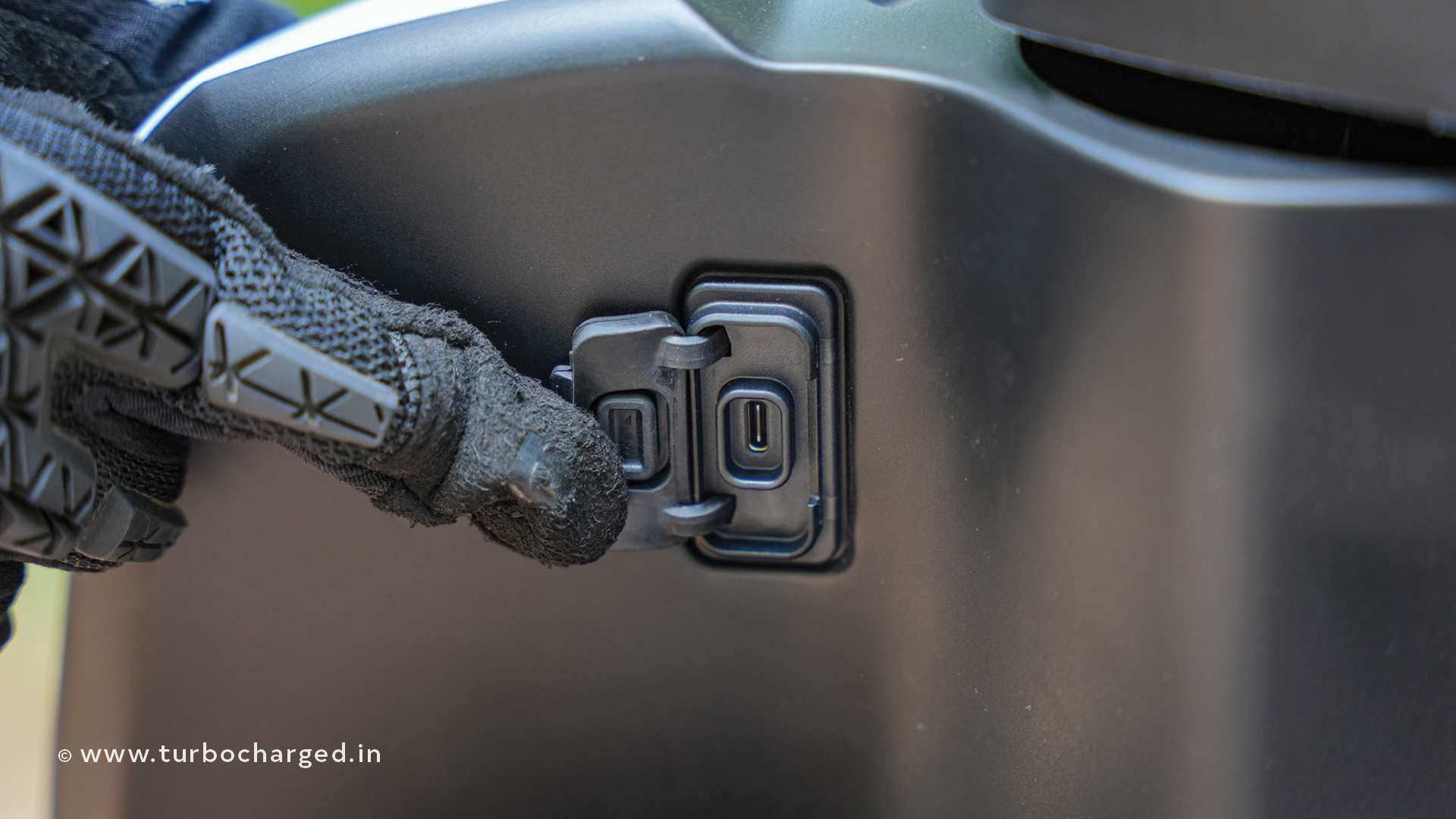
The QC1 comes in five colours, but Honda could have offered brighter, funkier shades to appeal to younger riders. There’s no fancy TFT display—instead, you get a simple 5-inch LCD (IP65-rated) showing essential info like riding mode, range, and side stand alert. One big plus is the 27-liter under-seat storage, which is impressive.
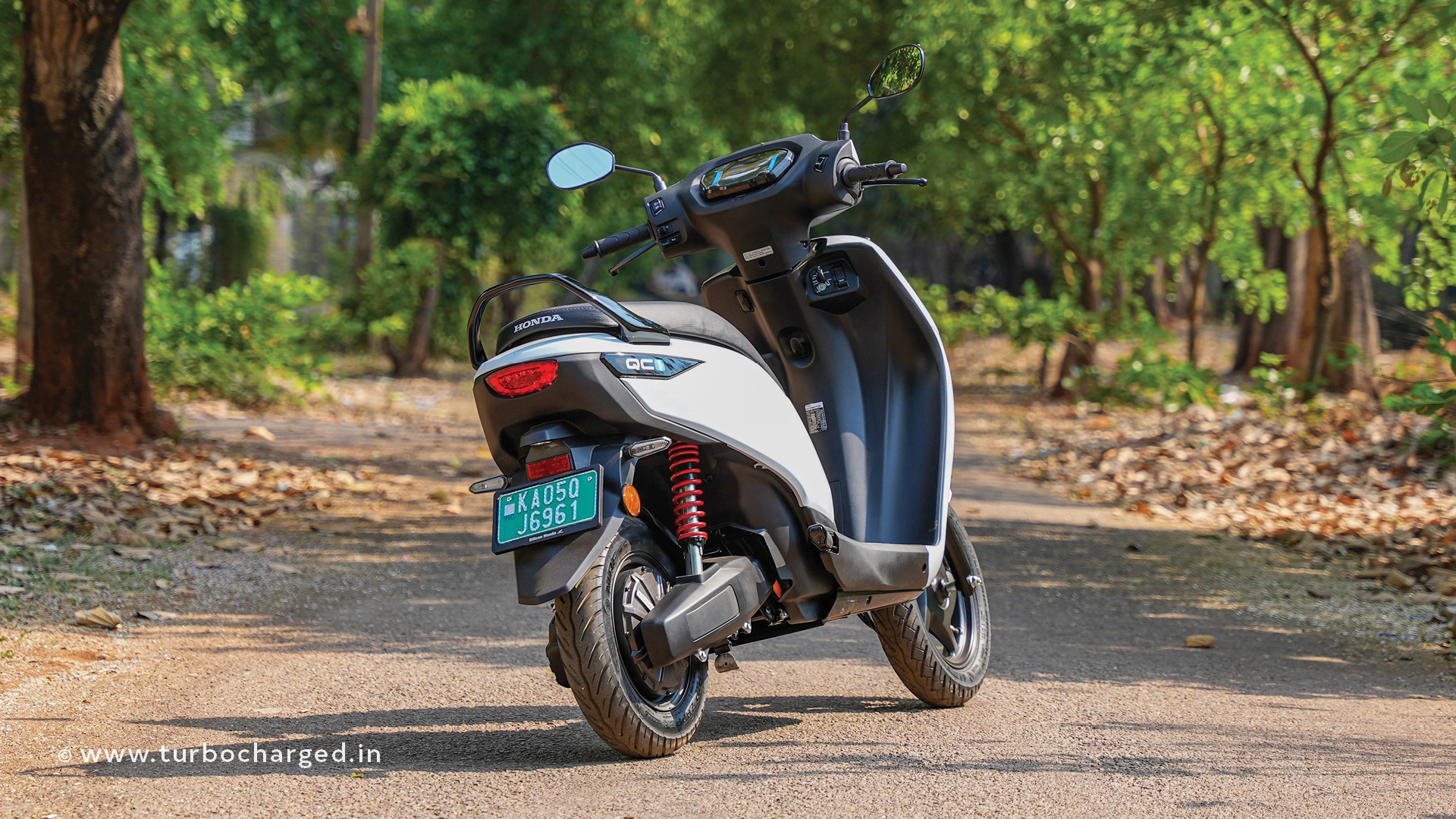
The QC1 is a great entry point for first-time EV buyers and those looking for a no-nonsense electric commuter. Priced at ₹ 90,000 (ex-showroom), it’s positioned well for mass appeal. However, a slightly better top speed and range—even at a slight premium—could have made it an even stronger package. That said, with Honda’s proven reliability, the QC1 has all the makings of a high-volume seller. Will it become the “Activa of EVs”? Only time will tell.





